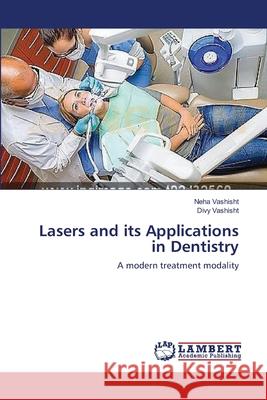Lasers and its Applications in Dentistry » książka
Lasers and its Applications in Dentistry
ISBN-13: 9783659416064 / Angielski / Miękka / 2013 / 120 str.
The use of lasers in dentistry has increased over the past few years. The first laser was introduced into the fields of medicine and dentistry during the 1960s (Goldman et al., 1964). Since then, this science has progressed rapidly. One of the main benefits of using dental lasers is the ability to selectively and precisely interact with diseased tissues. Lasers also allow the clinician to reduce the amount of bacteria and other pathogens in the surgical field, and in the case of soft tissue procedures, achieve good hemostasis with the reduced need for sutures. Dentistry has entered an exciting era of high technology with lasers offering the dentist not only a window, but a door into this high-tech, rewarding arena."
The use of lasers in dentistry has increased over the past few years. The first laser was introduced into the fields of medicine and dentistry during the 1960s (Goldman et al., 1964). Since then, this science has progressed rapidly. One of the main benefits of using dental lasers is the ability to selectively and precisely interact with diseased tissues. Lasers also allow the clinician to reduce the amount of bacteria and other pathogens in the surgical field, and in the case of soft‐tissue procedures, achieve good hemostasis with the reduced need for sutures. Dentistry has entered an exciting era of high technology with lasers offering the dentist not only a window, but a door into this high-tech, rewarding arena.











